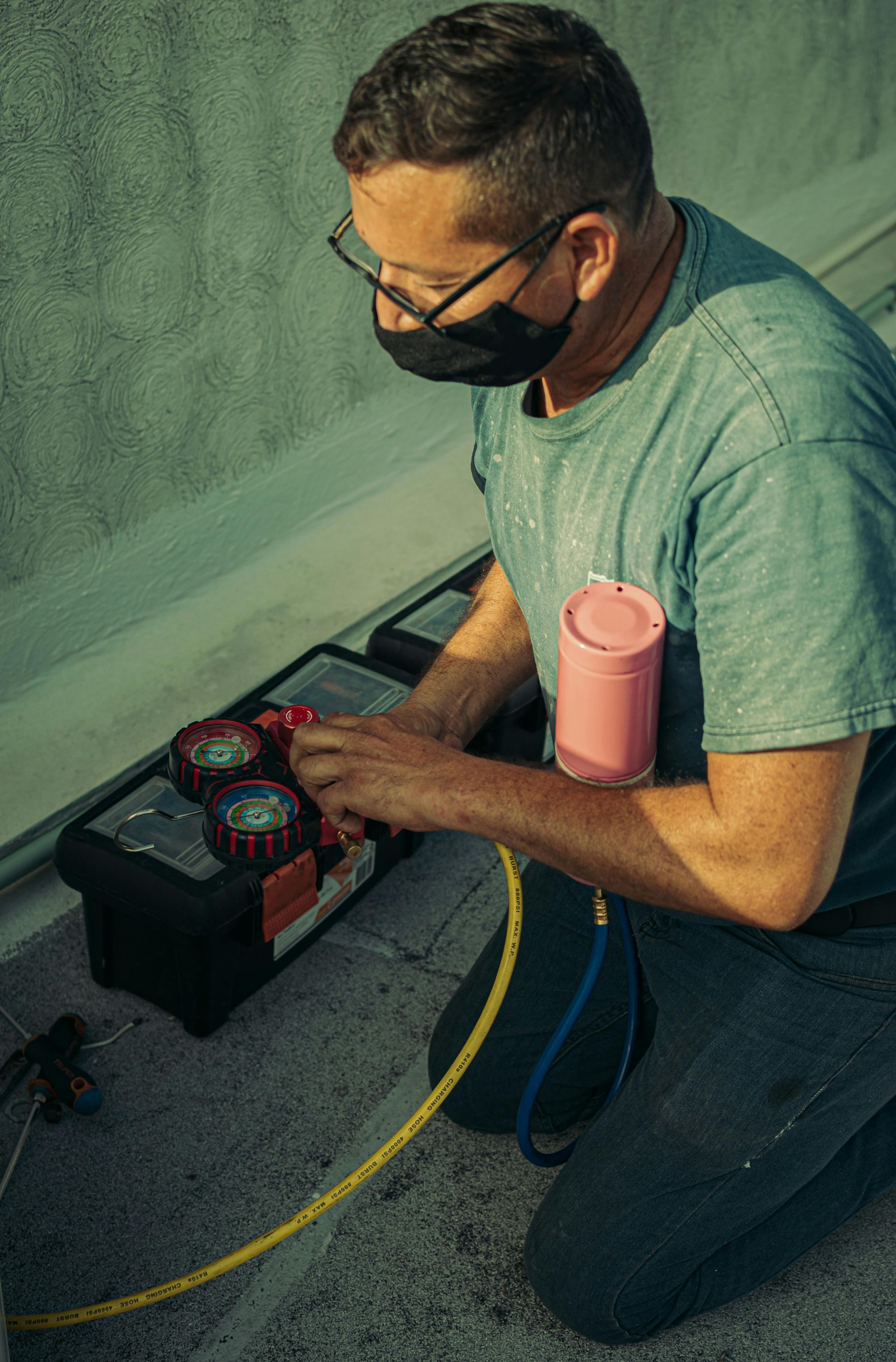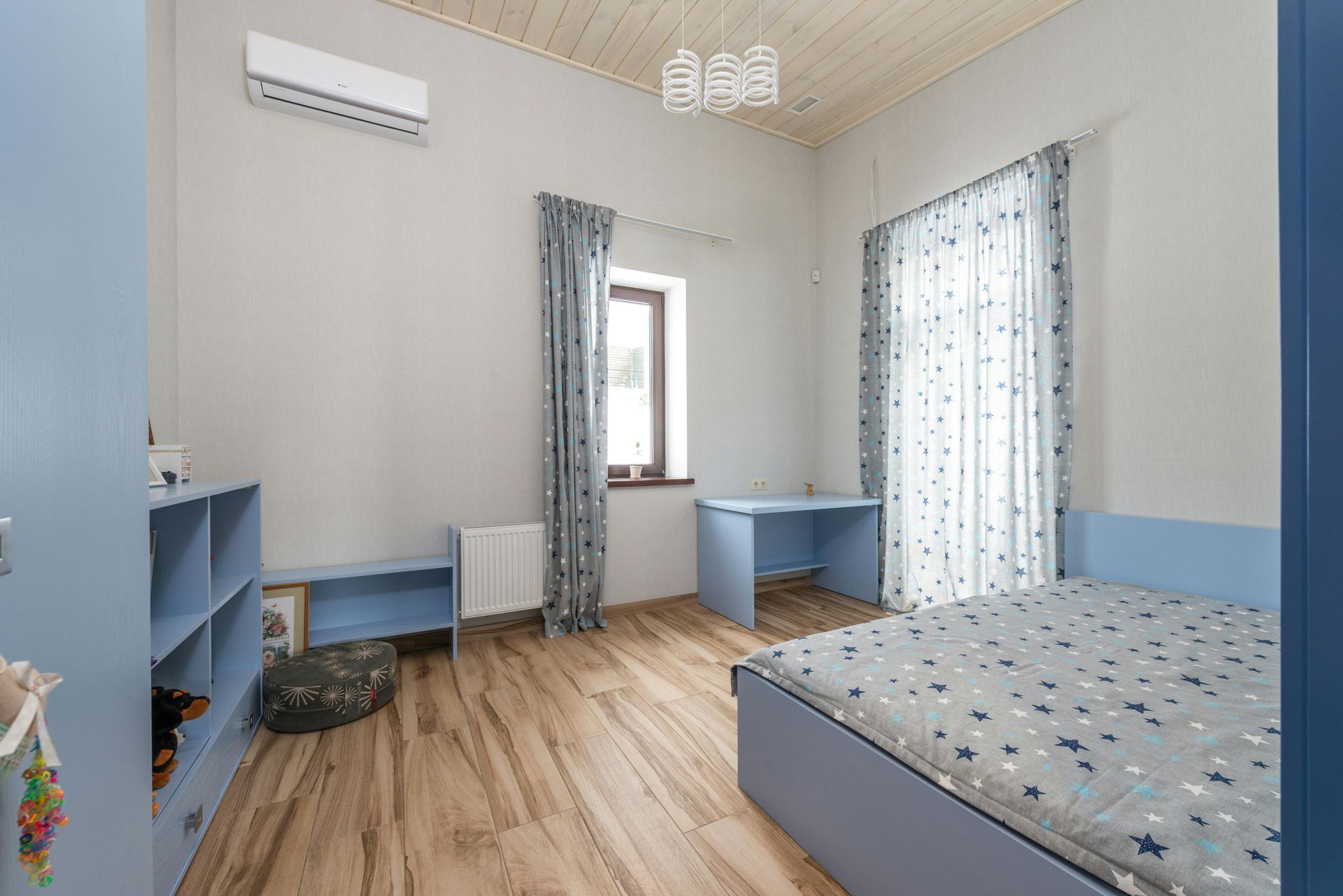Suburban Shift for Home Construction Continues Into 3rd Quarter
A trend of higher demand for housing in lower-density areas reported in the second quarter NAHB Home Building Geography Index (HBGI) has persisted into the fall, as single-family and multifamily construction continued to overperform in lower cost markets like suburbs and exurbs.
The third quarter HBGI reveals that a suburban shift for consumer home buying preferences in the wake of the COVID-19 pandemic is accelerating as telecommuting is providing individuals more flexibility to live further out within large metros or even to relocate to more affordable, smaller metro areas.
“The growing demand in lower density markets stems from the fact that housing is less expensive compared to urban areas and buyers can afford larger homes to accommodate home offices, exercise rooms and other specialty rooms which are in higher demand since the pandemic,” said NAHB Chairman Chuck Fowke. “However, builders continue to deal with affordability headwinds on the supply-side front, including the cost and availability of building materials.”
Suburbs of medium-sized cities posted the greatest single-family gains in the third quarter, with a 15% growth rate over the last four quarters. The worst performing region were large metro urban cores, with just a 5.7% gain. Similar results were observed in multifamily, with large metro core areas posting a 4% decline for apartment construction.
“The HBGI clearly shows that the geographic changes noted in the second quarter data continued into the fall, providing a boost to building in more affordable markets,” said NAHB Chief Economist Robert Dietz. “The ability of individuals and families to live further from urban cores is empowering consumers to acquire housing with more space at a lower cost. A key question is how long this effect will last. Our forecast assumes at least a persistent, partial effect beyond the deployment of a vaccine.”
Other third quarter HBGI findings show:
- Since the first quarter, the market share for single-family construction in urban core areas fell from 18% to 17.2%. The small metro core and suburb single-family market share increased from 37.7% to 38.2%.
- The share of apartment construction in large metro core and suburbs fell from 67.1% to 65.2%. Apartment construction in small metro core areas increased in market share from 21% in the first quarter to 22.4% in the third quarter.
- These broader trends have extended to traditional vacation home markets as well. Single-family construction in second home markets expanded at a 13.6% average rate over the last four quarters compared to a 10.5% pace for other counties.
- Apartment construction in second home markets was up as well — 11.1% compared to a 0.9% decline in other counties.
For more information, visit nahb.org.
SHARE




